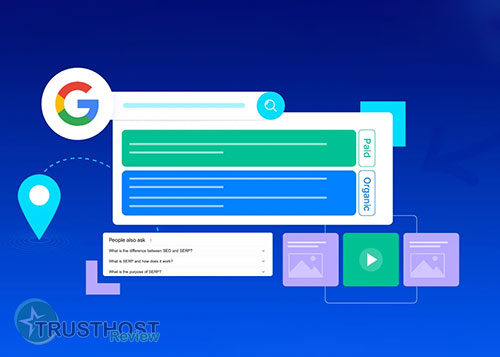Cloud Security How to protecting Your Data and Applications in the Cloud
Cloud Security - Protecting Your Data and Applications in the Cloud
Introduction
Cloud computing has revolutionized the way businesses operate, offering unparalleled flexibility, scalability, and cost-effectiveness. However, this paradigm shift also introduces new security challenges. Cloud security, therefore, becomes paramount, focusing on safeguarding data, applications, and infrastructure residing in the cloud.
What is Cloud Security?
Cloud security encompasses the policies, technologies, and controls that protect cloud computing environments. It aims to mitigate risks such as data breaches, unauthorized access, and service disruptions. Key aspects include:
- Data Security: Encrypting sensitive data, managing access controls, and ensuring data integrity.
- Application Security: Securing cloud-native applications, implementing authentication and authorization mechanisms, and conducting vulnerability assessments.
- Infrastructure Security: Protecting the underlying cloud infrastructure, including servers, networks, and storage, from attacks.
Importance of Cloud Security
Protecting data and applications in the cloud is crucial due to:
- Data Breaches: The cloud stores vast amounts of sensitive data, making it an attractive target for cybercriminals. Data breaches can result in financial losses, reputational damage, and legal implications.
- Compliance Requirements: Organizations must comply with regulations like GDPR, HIPAA, and PCI DSS, which mandate specific security measures for data protection.
- Business Continuity: Cloud security ensures the availability and resilience of cloud services, preventing downtime and disruptions to business operations.
Best Practices for Cloud Security
- Strong Access Control: Implement multi-factor authentication, role-based access control (RBAC), and principle of least privilege to restrict access to sensitive data and resources.
- Data Encryption: Encrypt data at rest and in transit to protect it from unauthorized access, even if a breach occurs.
- Regular Security Assessments: Conduct vulnerability scans, penetration testing, and security audits to identify and address potential weaknesses in cloud environments.
- Security Monitoring and Incident Response: Implement security information and event management (SIEM) systems to monitor for suspicious activity and establish incident response plans to mitigate potential threats.
Conclusion
Cloud security is an ongoing process that requires a multi-layered approach. By implementing robust security measures and following best practices, organizations can effectively protect their data and applications in the cloud, ensuring business continuity, compliance, and customer trust.
















